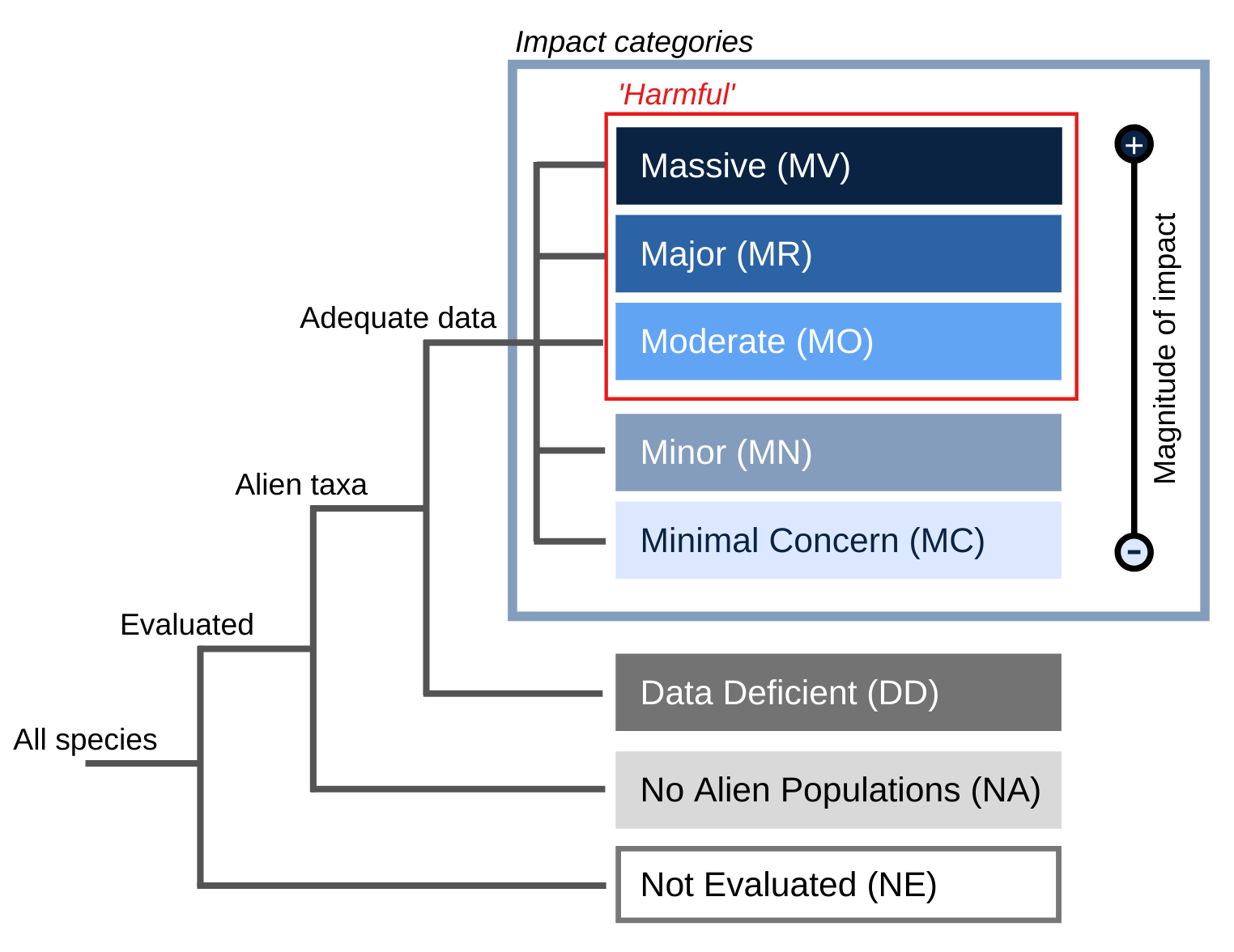- General
- Distribution
- Impact
- Management
- Bibliography
- Contact


Highly prolific. An average plant can produce 15,000 seeds and large plants are known to produce 100,000 seeds.
Principal source:
Compiler: IUCN SSC Invasive Species Specialist Group
Updates with support from the Overseas Territories Environmental Programme (OTEP) project XOT603, a joint project with the Cayman Islands Government - Department of Environment
Review: Dr. Rachael MacFadyen, Queensland Department of Natural \ Resources, Australia. William Overholt, International Centre of Insect Physiology and Ecology, Nairobi, Kenya.
Publication date: 2010-10-04
Recommended citation: Global Invasive Species Database (2025) Species profile: Parthenium hysterophorus. Downloaded from http://www.iucngisd.org/gisd/speciesname/Parthenium+hysterophorus on 14-12-2025.
Outcompetes native species, in part due to allelopathy.
\r\nPreventative measures: Emphasis must be laid on establishing detection/monitoring procedures and stopping the spread of parthenium weed via vehicles and as a contaminant. A Risk assessment of Parthenium hysterophorus for Australia was prepared by Pacific Island Ecosystems at Risk (PIER) using the Australian risk assessment system (Pheloung, 1995). The result is a score of 18 and a recommendation of: reject the plant for import (Australia) or species likely to be a pest (Pacific).
The Parthenium weed management book provides information on management and control aspects including spread minimization, pasture management, herbicide use, biological control and health aspects. It also describes the parthenium weed and provides basic information about its ecology and biology, reproduction and spread, current distribution, and potential threat. The Weed Control Methods Handbook provides you with detailed information about the tools and techniques available for controlling invasive plants, or weeds, in natural areas. This Handbook is divided into eight chapters, covering a range of different control methods: manual, mechanical, promoting competition from native plants, grazing, biocontrol, herbicides, prescribed fire, solarization, flooding, and other, more novel, techniques. Each control method has advantages and disadvantages in terms of its effects against the target weed(s), impacts to untargeted plants and animals, risks to human health and safety, and costs.
Biological: Biological control using insects and fungi is being pursued in Australia and in India.









